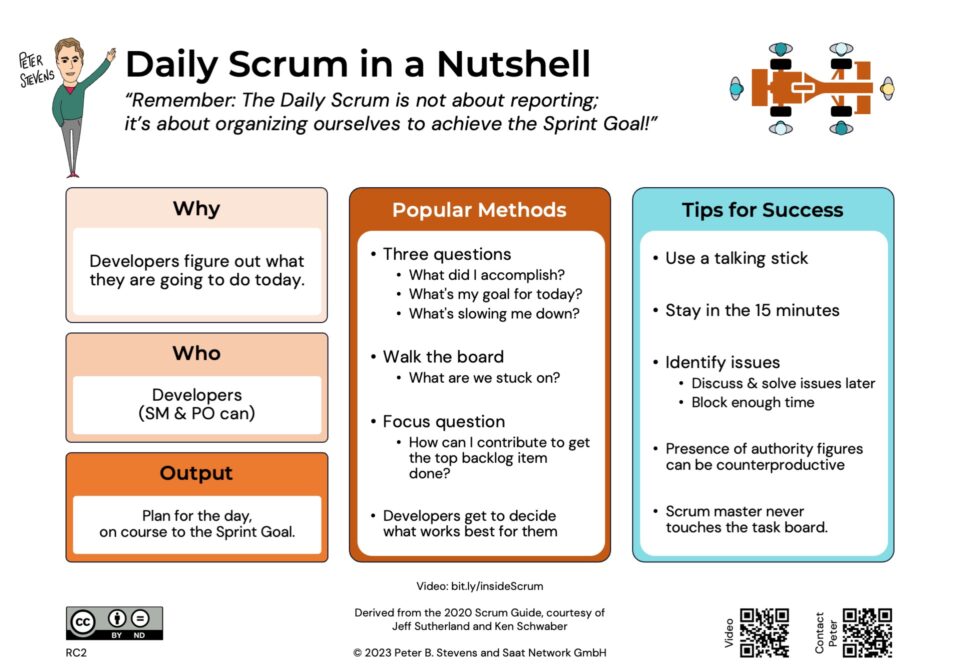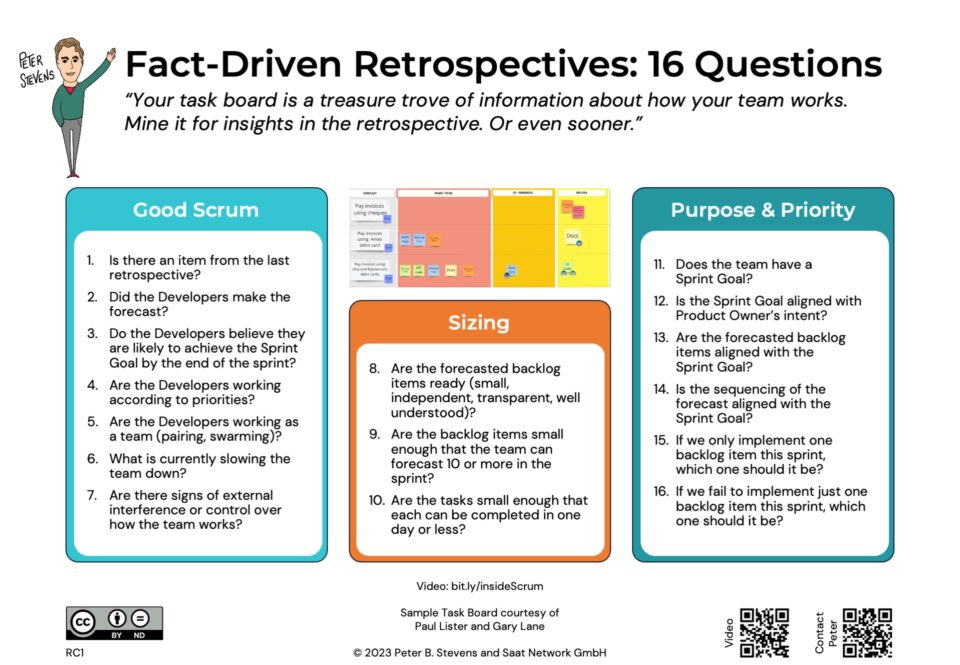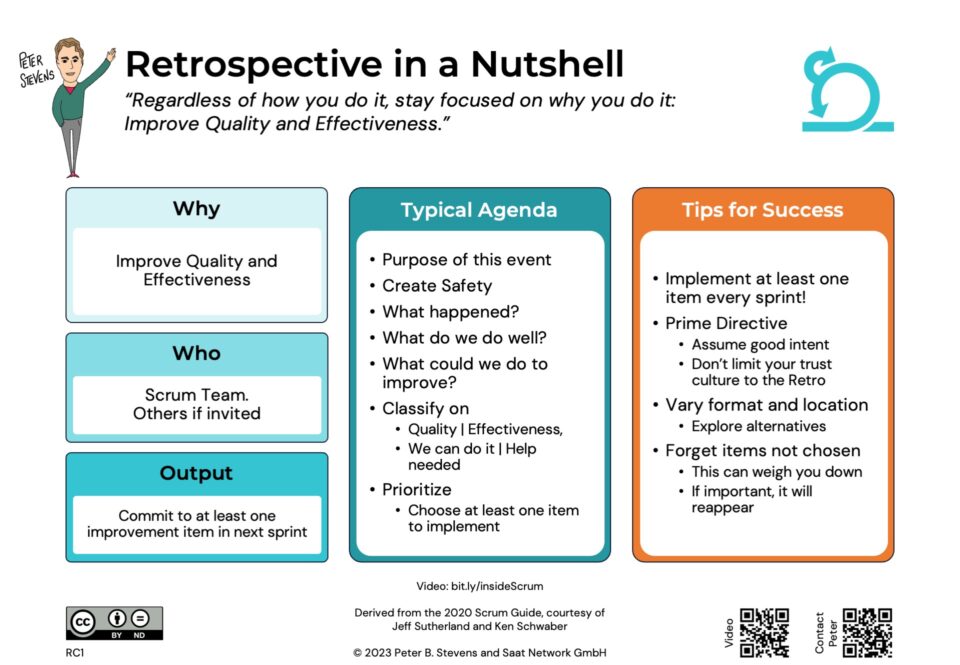What is Scrum?
05-06-2008Nokia Test Results: Is anybody really doing Scrum?
08-06-2008[Need proof that direct verbal communication is more effective than written communication? Stuart’s talk Wednesday lasted about 1 1/2 hours. I’ve spent twice that time writing it down, and I am only half finished, and I am still remembering things I should have put into the first half! ]
Part one: Would you want to work for Guidewire?
Next question: Would you buy from Guidewire?
The fear was great that customers would perceive Guidewire as too chaotic to produce standard software. So how do you convince the customers to buy? A long discussion ensued which led to the conclusion that the sales process is the same, regardless of how you produce the software: Speak the language of the customer. Build trust: Deliver continuously and deliver what you promise. And avoid the customer’s controller — he doesn’t want to know about the details of IT anyway ;-).
And yet, standard software requires customization, so the customer and Guidewire must work together on projects to realize their solutions. Can Guidewire stay with Scrum or do they have to adapt to the customer the methodology?
The service companies in the room quickly agreed on the answer: you give the customer what he wants, right? Yes, you do. But according to Stuart, if the customer insists on a waterfall like model, Guidewire informs the customer that this will cost more. Stuart did not say how much, but enough to encourage most customers to not only accept Guidewire’s using Scrum but also to use it themselves.
As the company approached 300 employees and started thinking about going public (necessary so that employees could cash out), it had the feeling it had reached certain limits to growth.
Can Guidewire go public as a Scrum company? How to explain to Wall Street that the company reorganizes every month and that the COO changes every month? Can it grow further? The company had three choices: Continue with Scrum the way they had been doing it. Modify Scrum in some way, or introduce a layer of management hierarchy for the benefit of Wall Street. What do you do?
We discussed a number of alternatives, and particular discussed the case of Gore-Tex. This company has several thousand employees, but is organized as a holding company with some 30 independent subsidiaries, each one doing some specific application of the Gore-Text technology, but with no more than 150 people.
Interestingly, Guidewire’s management did not trust the Scrum process enough to handle discussions of serious change. People were too happy the way they were, and a serious change, even the potential of serious change, could be very demoralizing.. (More on this in a separate blog entry). So the change did come top down, presumably based on input coming from the Scrum teams.
According to Stuart, they seriously considered the last alternative (classical management) and even went to far as to hire a “gray hair” – a senior executive from IBM. But the culture was so different, that he didn’t last in the job. And this convinced them to stay the course with Scrum. Continue doing what had made them successful.
One change they did make: they reduced the teams down to so-called “pods”. A pod is a group of 3 to 6 developers. Bigger teams were seen as counter productive.
At the end, Stuart Presented us with an interesting study on the relationship between Job Satisfaction under Scrum and pay scales, which I will present in a separate blog entry.
All in all, a very interesting discussion about a very interesting case.
The question which I wish I had asked was about how these “pods” are coordinated. The role of the Product Owner was a bit unclear. The Product Owner are at least somewhat outside of Guidewire’s modified Scrum process with it’s continuous reorganizations. A Product Owner is responsible for each of the 5 product areas, but there still between 50 and 100 teams. How to organize and coordinate the work between the teams? Time didn’t really allow us to get to this question.
Next: Scrum and Job Satisfaction
Stuart, thank you very much for coming!
[Update: JP has published a summary, in german, on his blog, with emphasis on the workings of Guidewire pods. I suppose I’ll have to translate this (back) into english….]





2 Comments
Hi Peter,
i just want to make an annotation to the point “Build trust” (2nd chapter):
– deliver continuously
– deliver what you promise
Cheers, jp
Hi jp,
Thanks for the tip. You are right and I have updated the text accordingly.
Cheers,
Peter